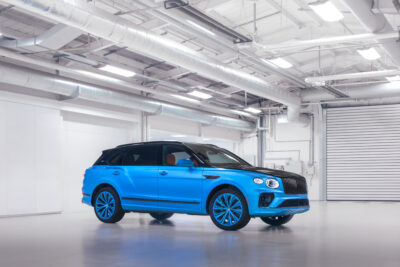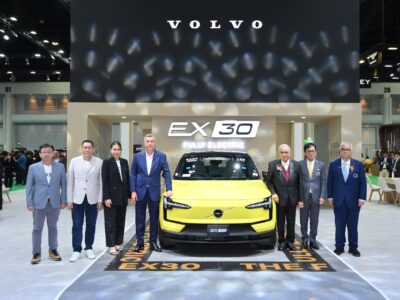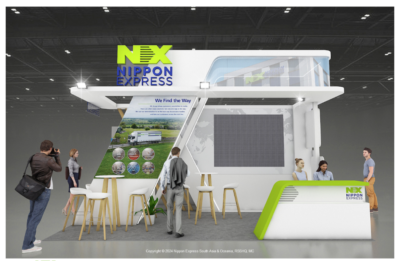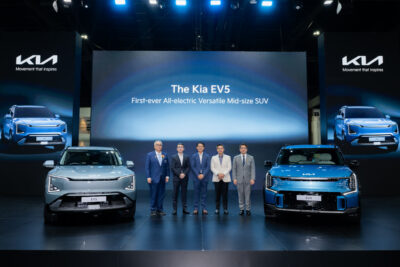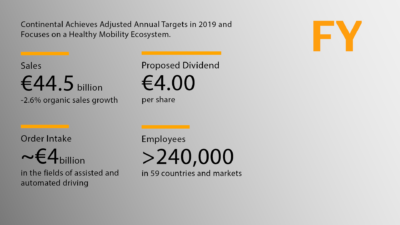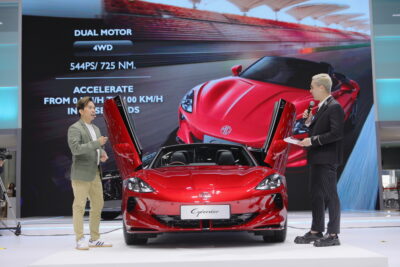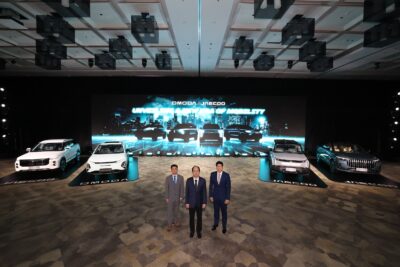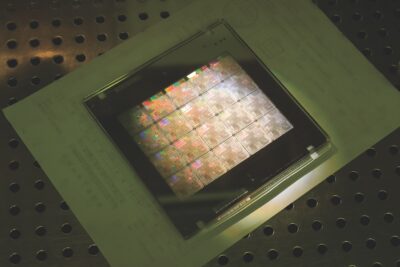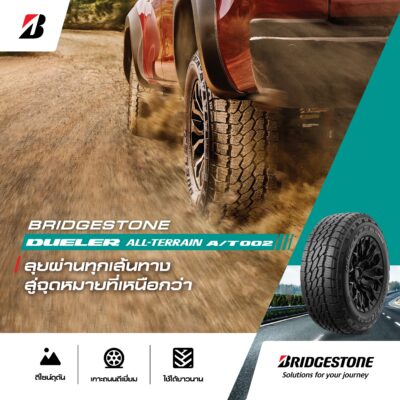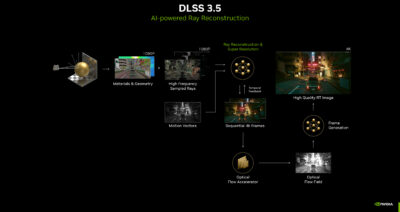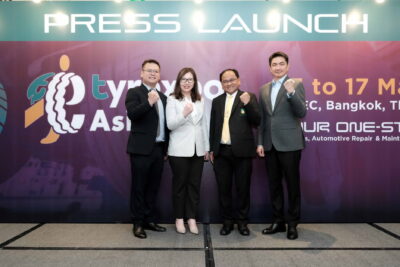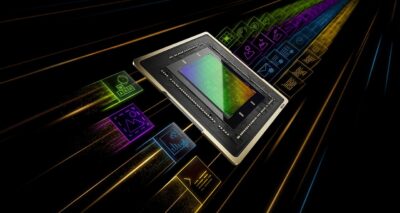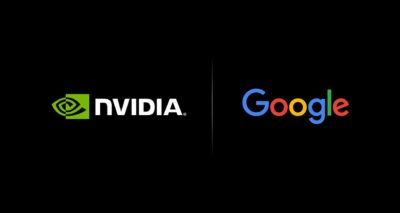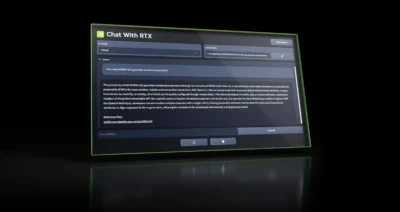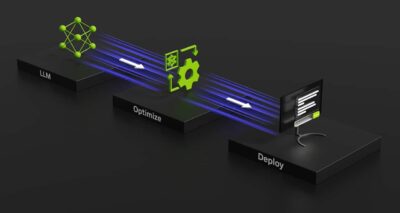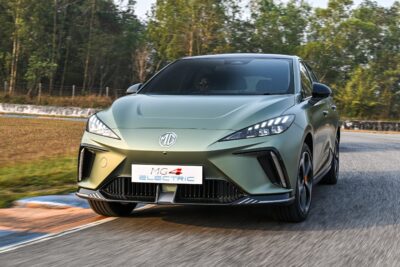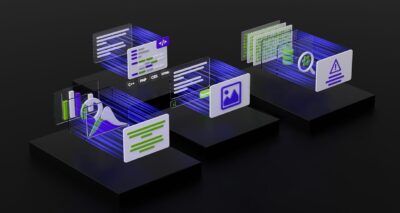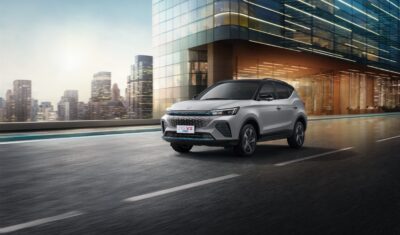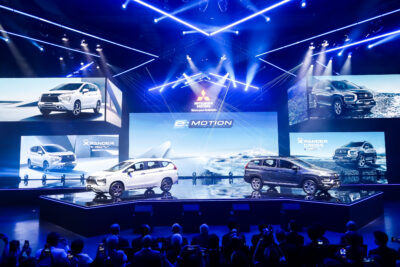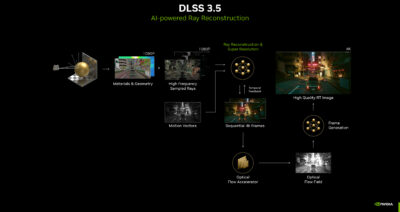Scalable and programmable platform features redundant Atlan computers and next-generation sensors to deliver full self-driving, software-defined experience in vehicles starting production in 2026.
by GARY HICOK
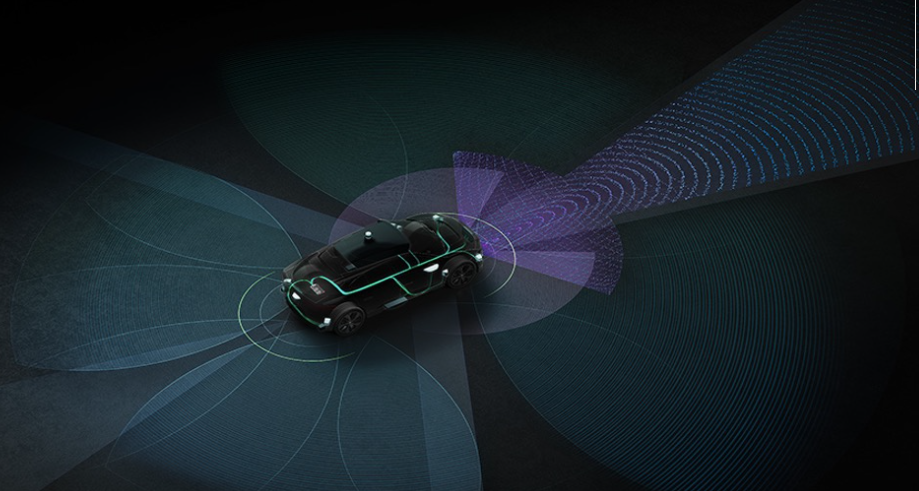
NVIDIA DRIVE Hyperion is taking software-defined vehicle architectures to the next level.
At his GTC keynote, NVIDIA founder and CEO Jensen Huang announced DRIVE Hyperion 9, the next generation of the open platform for automated and autonomous vehicles. The programmable architecture, slated for 2026 production vehicles, is built on multiple DRIVE Atlan computers to achieve intelligent driving and in-cabin functionality.
DRIVE Hyperion is designed to be compatible across generations, with the same computer form factor and NVIDIA DriveWorks APIs. Partners can leverage current investments in the DRIVE Orin platform and seamlessly migrate to NVIDIA DRIVE Atlan and beyond.
The platform includes the computer architecture, sensor set and full NVIDIA DRIVE Chauffeur and Concierge applications. It is designed to be open and modular, so customers can select what they need. Current-generation systems scale from NCAP to level 3 driving and level 4 parking with advanced AI cockpit capabilities.
Core Compute
DRIVE Hyperion incorporates redundancy into the architecture’s compute.
With the DRIVE Atlan SoC, the next-generation platform will feature more than double the performance of the current DRIVE Orin-based architecture at the same power envelope. This compute is capable of handling level 4 autonomous driving, as well as the convenience and safety features provided by NVIDIA DRIVE Concierge.
DRIVE Atlan is a technical marvel for safe and secure AI computing, fusing all of NVIDIA’s technologies in AI, automotive, robotics, safety and BlueField data centers.
Leveraging NVIDIA’s high-performance GPU architecture, Arm CPU cores and deep learning and computer vision accelerators, it provides ample compute horsepower for redundant and diverse deep neural networks and leaves headroom for developers to continue adding features and improvements.
DRIVE Hyperion is the nervous system of the vehicle, and DRIVE Atlan serves as the brain.
Heightened Sensing
With DRIVE Atlan’s compute performance, DRIVE Hyperion 9 can process even more sensor data as the car drives, improving redundancy and diversity.
This upgraded sensor suite includes surround imaging radar, enhanced cameras with higher frame rates, two additional side lidar and improved undercarriage sensing with better camera and ultrasonic placement.
In total, the DRIVE Hyperion 9 architecture includes 14 cameras, nine radars, three lidars and 20 ultrasonics for automated and autonomous driving, as well as three cameras and one radar for interior occupant sensing.
By incorporating a rich sensor set and high-performance compute, the entire system is architected to the highest levels of functional safety and cybersecurity.
DRIVE Hyperion 9 will begin production in 2026, giving the industry continuous access to the cutting edge in AI technology as it begins to roll out more intelligent transportation.
Scalable and programmable platform features redundant Atlan computers and next-generation sensors to deliver full self-driving, software-defined experience in vehicles starting production in 2026.
by GARY HICOK
 NVIDIA DRIVE Hyperion is taking software-defined vehicle architectures to the next level.
NVIDIA DRIVE Hyperion is taking software-defined vehicle architectures to the next level.
At his GTC keynote, NVIDIA founder and CEO Jensen Huang announced DRIVE Hyperion 9, the next generation of the open platform for automated and autonomous vehicles. The programmable architecture, slated for 2026 production vehicles, is built on multiple DRIVE Atlan computers to achieve intelligent driving and in-cabin functionality.
DRIVE Hyperion is designed to be compatible across generations, with the same computer form factor and NVIDIA DriveWorks APIs. Partners can leverage current investments in the DRIVE Orin platform and seamlessly migrate to NVIDIA DRIVE Atlan and beyond.
The platform includes the computer architecture, sensor set and full NVIDIA DRIVE Chauffeur and Concierge applications. It is designed to be open and modular, so customers can select what they need. Current-generation systems scale from NCAP to level 3 driving and level 4 parking with advanced AI cockpit capabilities.
Core Compute
DRIVE Hyperion incorporates redundancy into the architecture’s compute.
With the DRIVE Atlan SoC, the next-generation platform will feature more than double the performance of the current DRIVE Orin-based architecture at the same power envelope. This compute is capable of handling level 4 autonomous driving, as well as the convenience and safety features provided by NVIDIA DRIVE Concierge.
DRIVE Atlan is a technical marvel for safe and secure AI computing, fusing all of NVIDIA’s technologies in AI, automotive, robotics, safety and BlueField data centers.
Leveraging NVIDIA’s high-performance GPU architecture, Arm CPU cores and deep learning and computer vision accelerators, it provides ample compute horsepower for redundant and diverse deep neural networks and leaves headroom for developers to continue adding features and improvements.
DRIVE Hyperion is the nervous system of the vehicle, and DRIVE Atlan serves as the brain.
Heightened Sensing
With DRIVE Atlan’s compute performance, DRIVE Hyperion 9 can process even more sensor data as the car drives, improving redundancy and diversity.
This upgraded sensor suite includes surround imaging radar, enhanced cameras with higher frame rates, two additional side lidar and improved undercarriage sensing with better camera and ultrasonic placement.
In total, the DRIVE Hyperion 9 architecture includes 14 cameras, nine radars, three lidars and 20 ultrasonics for automated and autonomous driving, as well as three cameras and one radar for interior occupant sensing.
By incorporating a rich sensor set and high-performance compute, the entire system is architected to the highest levels of functional safety and cybersecurity.
DRIVE Hyperion 9 will begin production in 2026, giving the industry continuous access to the cutting edge in AI technology as it begins to roll out more intelligent transportation.





